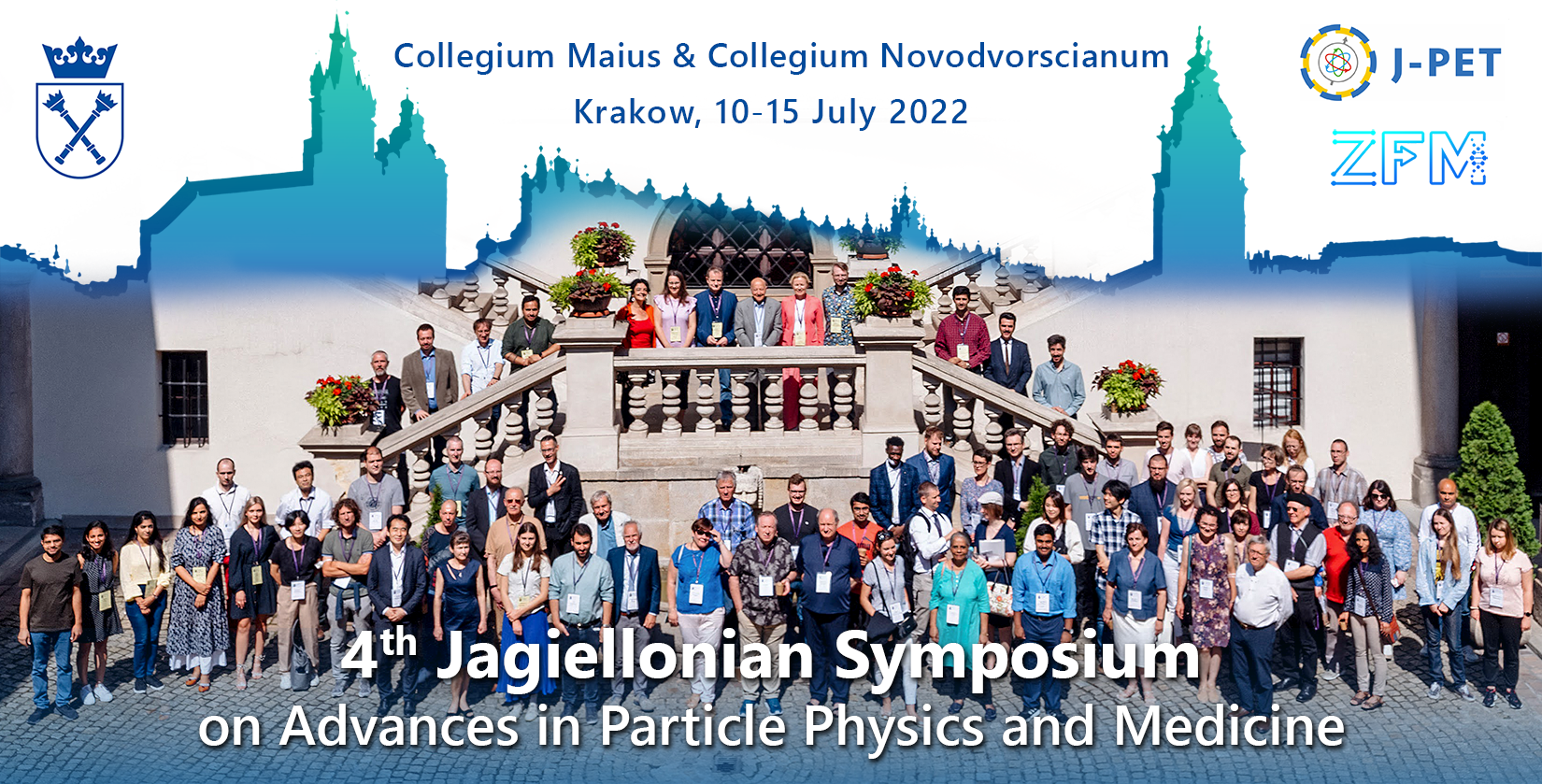Speaker
Description
Heavy ion particle therapy is a rapidly growing and potentially the most effective and precise radiotherapy technique. However, range uncertainties remain one of its limitations: they jeopardize the benefits of the sharp Bragg peak and force to use wide margins extending in the normal tissue.
The use of radioactive ion beams (RIBs) for simultaneous treatment and online range verification using positron emission tomography (PET) could help overcoming this limitation, due to increased signal/noise ratio and alignment of the activity peak with the Brag peak compared to PET imaging of fragments produced by primary, stable ions.
In this context, the BARB (Biomedical Applications of Radioactive ion Beams) project was initiated at GSI aiming to assess the technical feasibility and investigate possible advantages of RIBs in preclinical studies.
During the first year of experiments within this project, radioactive Carbon and Oxygen beams (10,11C and 15O) were produced by isotopic separation with the fragment separator and transported to the medical vault of GSI. Thanks to the upgrade of the SIS-18 in the FAIR in Darmstadt, it was possible to achieve RIB intensities sufficient to treat a small animal tumor.
Beam implantation in plastic phantoms was visualized by two independent imaging setups: a dual-panel PET scanner from the University Medical Center Groningen and a subset of a high resolution small animal -PET detector in development at the Ludwig-Maximilians-Universität in Munich. Range and depth dose distributions measurements have been performed with a water column setup. These first experimental results will be presented.
Work supported by ERC Advanced Grant BARB (2020, Marco Durante)

